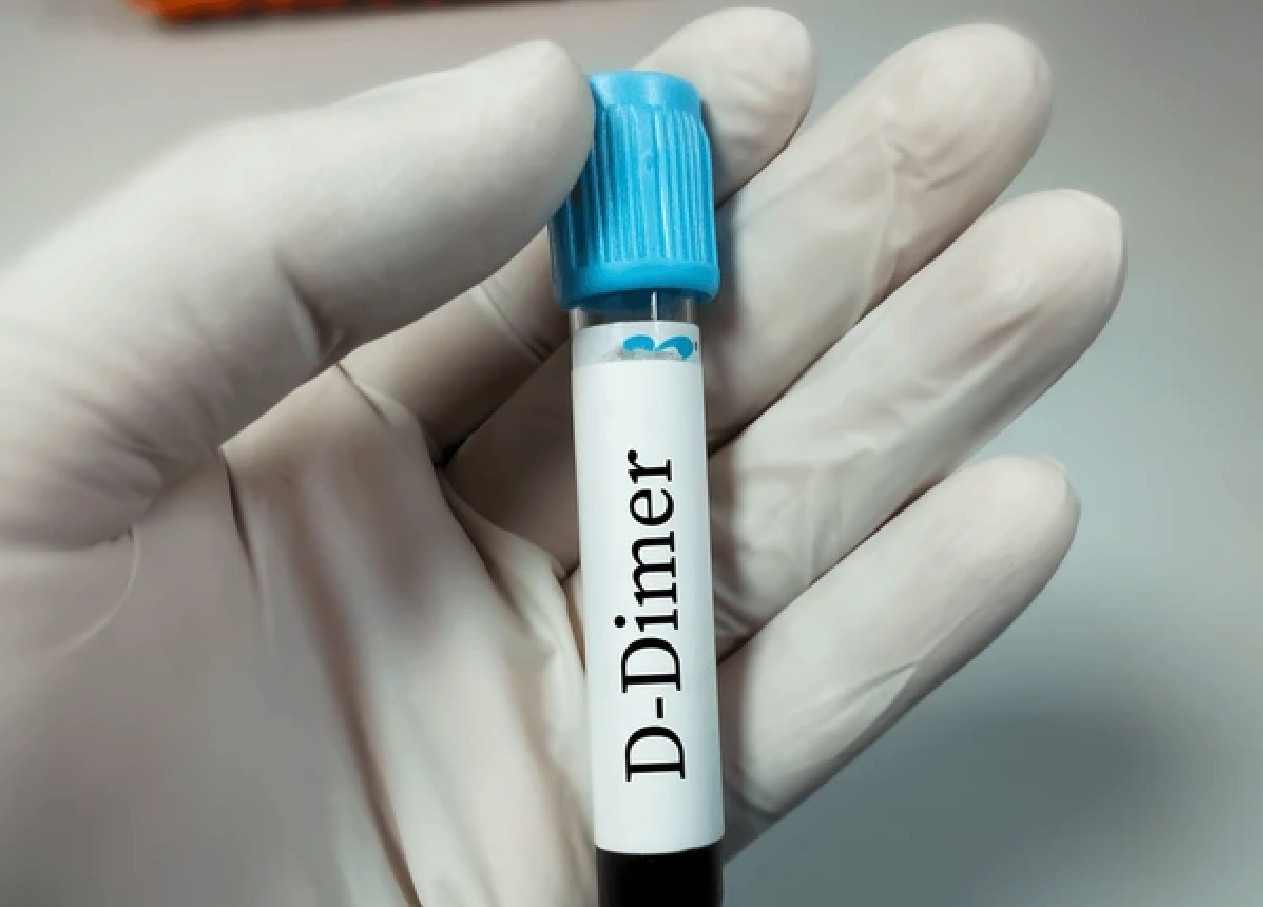As the healthcare landscape evolves, the need for rapid and accurate diagnostic tests has never been greater. Among these, the D-Dimer test is indispensable for diagnosing and excluding venous thromboembolism (VTE) such as deep vein thrombosis (DVT) and pulmonary embolism (PE). With growing awareness and technological advancements, the D-Dimer testing market is poised for substantial growth in the coming years. This blog explores market forecasts, key drivers and emerging trends in the D-Dimer testing sector.
Understanding D-Dimer Testing
D-Dimer tests work by detecting D-Dimer molecules produced through fibrinolysis, indicating in vivo activation of coagulation and fibrinolysis. Elevated D-Dimer plasma levels can signal clot formation and breakdown in the body, although elevated D-Dimer levels are not exclusive to vascular issues.
Over 30 commercial D-Dimer assays are available, including ELISA, immunofluorescent assays and latex agglutination assays, each with specific considerations. They are widely employed in clinical settings to:
- Exclude VTE
- Diagnose DIC
- Assess the appropriate duration of anticoagulation therapy
Market Outlook
The global D-Dimer testing market is poised for significant growth, with revenue projected to increase from US$ 1,500 million in 2023 to US$ 2,269 million by 2032, representing a compound annual growth rate (CAGR) of 4.8% from 2024 to 2032. North America currently leads the market with a 35.32% share, largely due to its advanced healthcare infrastructure and higher prevalence of thrombotic disorders. The region’s robust adoption of cutting-edge diagnostic technologies positions it as a key player in the market’s expansion.
Much of the growth in D-Dimer testing is driven by continuous advancements in Point-of-Care (POC) solutions, which open up new opportunities for market players. The POC segment is experiencing the highest annual growth rate, exceeding 5% globally.
Next-Generation Point-of-Care Solutions
POC D-Dimer tests offer rapid diagnoses and reduced waiting times. New POC devices entering the market enable testing in diverse locations and by various healthcare personnel. Many also incorporate multi-marker panels such as troponin for more comprehensive patient assessments.
Melinda Cottman, BS, MLS(ASCP), a seasoned COLA Surveyor with 30 years of experience in the laboratory field, highlights the broad appeal of POC D-Dimer tests. “The main issue is the delay,” she says. “Physicians want to start necessary anticoagulant therapy as soon as possible. When the turnaround time of sending a specimen to the main laboratory isn’t quick enough, there will be a demand for POC testing.” This challenge is especially significant in rural areas where patients and their providers may lack easy access to hospital laboratories. Specimens collected during office visits or at outpatient phlebotomy locations often need to be sent out for testing, delaying diagnosis and treatment.
Despite their advantages, there are downsides to POC D-Dimer testing. “Their sensitivity is not quite at the level of standard laboratory analyzers,” Cottman explains. “Because of the risk of false negatives with POC tests, follow-up specimens are sometimes sent to the main laboratory to confirm the result and rule out PE or DVT.” In addition, the tests are not cost-effective for all facilities to adopt. Some POC test systems use a small reader with cartridges, the cost of which can be significant. Others are compact benchtop analyzers with a lower cost per test; however, they often have a limited test menu. Facilities must carefully evaluate whether these analyzers are worth the investment, considering their specific needs and budget constraints.
Increasing Demand for D-Dimer Tests
Globally, the demand for D-Dimer tests is rising due to their critical role in diagnosing VTE. Genetic variations affecting blood coagulation are present in about 1 in 500 to 1 in 1,000 people. In the U.S., around 5% to 8% of people have one or more genetic risk factors for VTE, with severe forms such as disseminated intravascular coagulation (DIC) leading to death rates exceeding 50% if untreated.
VTE poses a significant public health challenge, causing approximately 75,000 deaths annually in the U.S. alone. With an estimated 1 to 2 cases per 1,000 persons each year, particularly after age 45, VTE affects up to one million individuals in the U.S. annually. Globally, over ten million VTE cases are reported each year.
Cost-Effective Innovations
D-Dimer testing offers a non-invasive, cost-effective method to rule out VTE, significantly reducing the need for expensive and invasive procedures. When a negative D-Dimer result is combined with a low clinical probability, it can safely exclude VTE in suspected cases. This diagnostic strategy has proven to yield significant cost savings, decrease unnecessary radiation exposure, and reduce imaging time for patients. Hospitals adopting D-Dimer testing in their VTE diagnostic protocols can achieve substantial financial benefits; in most cases the D-Dimer assay can be added to an instrument already in use for other coagulation testing, such as prothrombin times, partial thromboplastin times and specialized coagulation factor assays.
Conclusion
The D-Dimer testing market is set for robust growth driven by technological advancements, rising prevalence of VTE and expanding healthcare infrastructures globally. For laboratory professionals, staying informed about these trends and advancements is crucial. By leveraging these opportunities, they can continue to play a pivotal role in advancing healthcare diagnostics and improving patient outcomes.
References:
- Wauthier L, Favresse J, Hardy M, et al. D-dimer testing: A narrative review. Adv Clin Chem. 2023;114:151-223.
- D-Dimer Testing Market Foresees Rapid Revenue Growth of US$ 2,269.31 Million By 2032. https://www.biospace.com/article/releases/d-dimer-testing-market-foresees-rapid-revenue-growth-of-us-2-269-31-million-by-2032/?TrackID=21&utm_source=emailfriend&utm_medium=email&utm_campaign=0 accessed on 6-1-2024
- Price CP, Fay M, Hopstaken RM. Point-of-Care Testing for D-Dimer in the Diagnosis of Venous Thromboembolism in Primary Care: A Narrative Review. Cardiol Ther. 2021 Jun;10(1):27-40.

